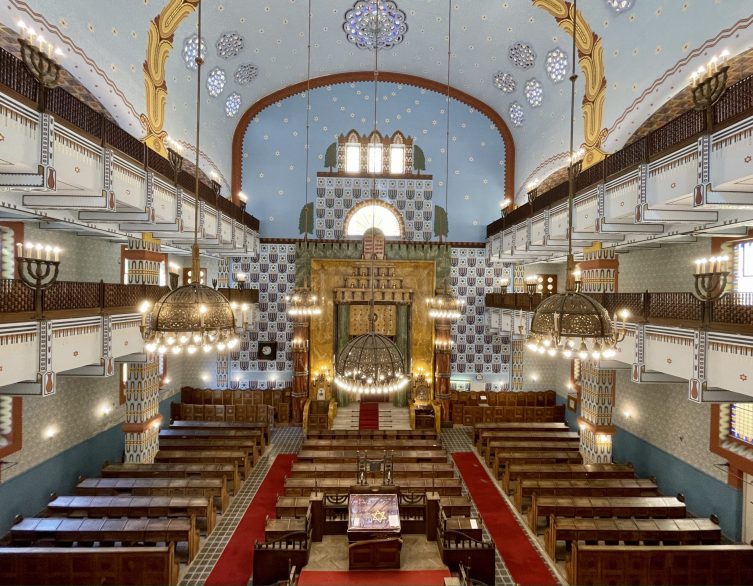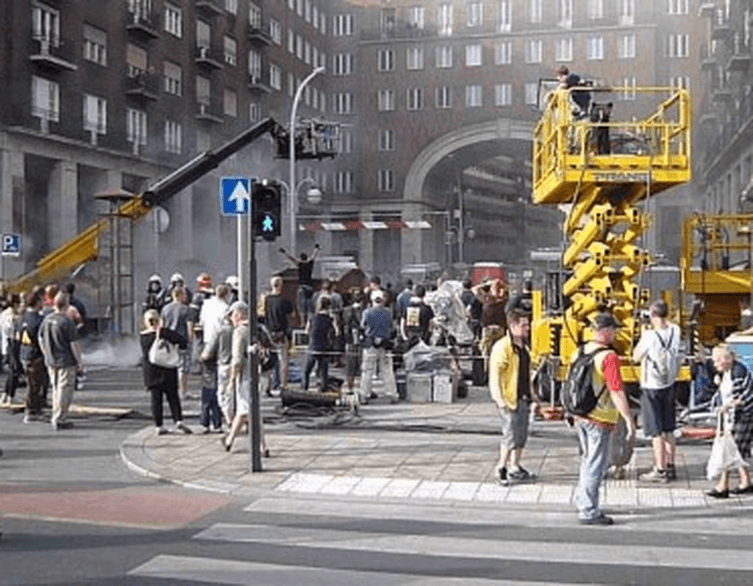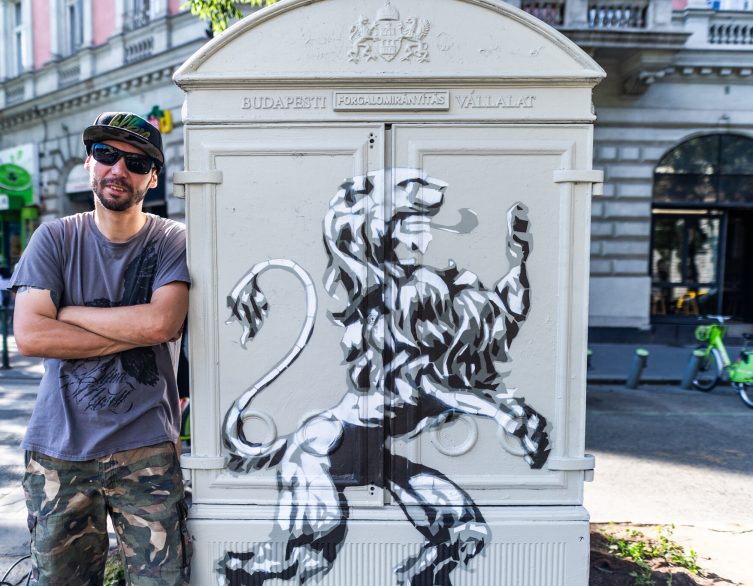The Kazinczy Street Synagogue: The Center for the Orthodox Jewish Community

When visiting Budapest, one of the must-see attractions for foreign tourists is the Kazinczy Street Synagogue. This architectural marvel, built between 1912 and 1913, is a prime example of Hungarian synagogue architecture from the pre-World War I era.
Historical Significance
The Kazinczy Street Synagogue was built to serve the Orthodox Jewish community of Pest, which had split from the main Jewish community in the late 19th century. The construction of the synagogue was part of a larger project that included a community headquarters, a kindergarten, a school, and a public kitchen. The design competition for the complex was won by the Löffler brothers, Sándor and Béla, whose plans were approved in 1910.
The synagogue became the religious and cultural center for the Orthodox Jewish community in Pest. It also housed a mikveh (ritual bath) from 1928 until the 1940s. During World War II, the building was located within the Pest ghetto and suffered some damage and loss of equipment. After the war, the complex was restored, and the equipment was reconstructed.
Architectural Significance
The Löffler brothers’ design for the Kazinczy Street Synagogue was inspired by the nationalist Art Nouveau style popularized by Ödön Lechner, while also incorporating elements of late Viennese Art Nouveau. The elegant facades and sparingly decorated details lend a sense of dignity to the monumental structure.
One of the most striking features of the main façade is the wrought-iron main gate, flanked by two smaller side entrances. The raw brick façade is punctuated by colorful artificial stone decorations, and a Hebrew quotation from the Old Testament runs along the top of the facade, stating, “What awe is this place: this is God’s house and this gate of heaven” (Gen 28:17).
Best deals of Budapest
Inside, the synagogue can seat over 1,000 people and features a rich decorative scheme that includes elements of Hungarian Art Nouveau, Transylvanian motifs on the wooden carvings, and Zsolnay porcelain inlays on the columns of the eastern wall.
Getting There
The Kazinczy Street Synagogue is located in the heart of Budapest’s historic Jewish Quarter, in the 7th district. The address is 29-31 Kazinczy Street. To reach the synagogue, you can take the M2 metro line to the Astoria stop or the M4 metro line to the Rákóczi tér stop. From either stop, it is a short walk to Kazinczy Street.
Alternatively, you can take the 47 or 49 tram to the Astoria stop or the 4 or 6 tram to the Blaha Lujza tér stop, both of which are within walking distance of the synagogue.
The Kazinczy Street Synagogue is a testament to the rich Jewish heritage of Budapest and a prime example of the city’s stunning Art Nouveau architecture. By visiting this historic building, foreign tourists can gain a deeper understanding of the city’s past and appreciate the beauty of this architectural gem. Whether you are interested in history, architecture, or cultural heritage, the Kazinczy Street Synagogue is a must-see attraction during your visit to Budapest.
Image source: maoih.hu
Related news
Related events



















